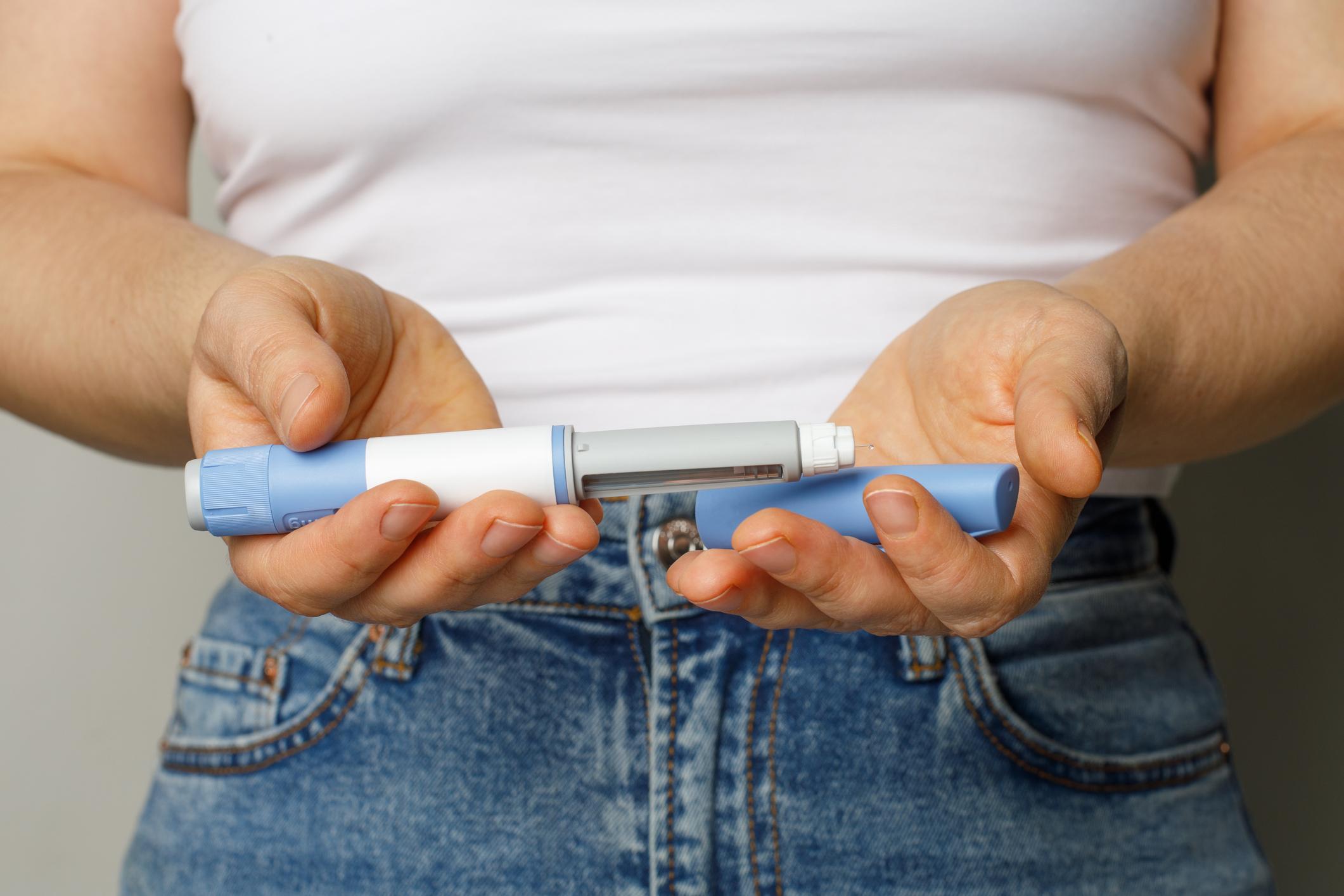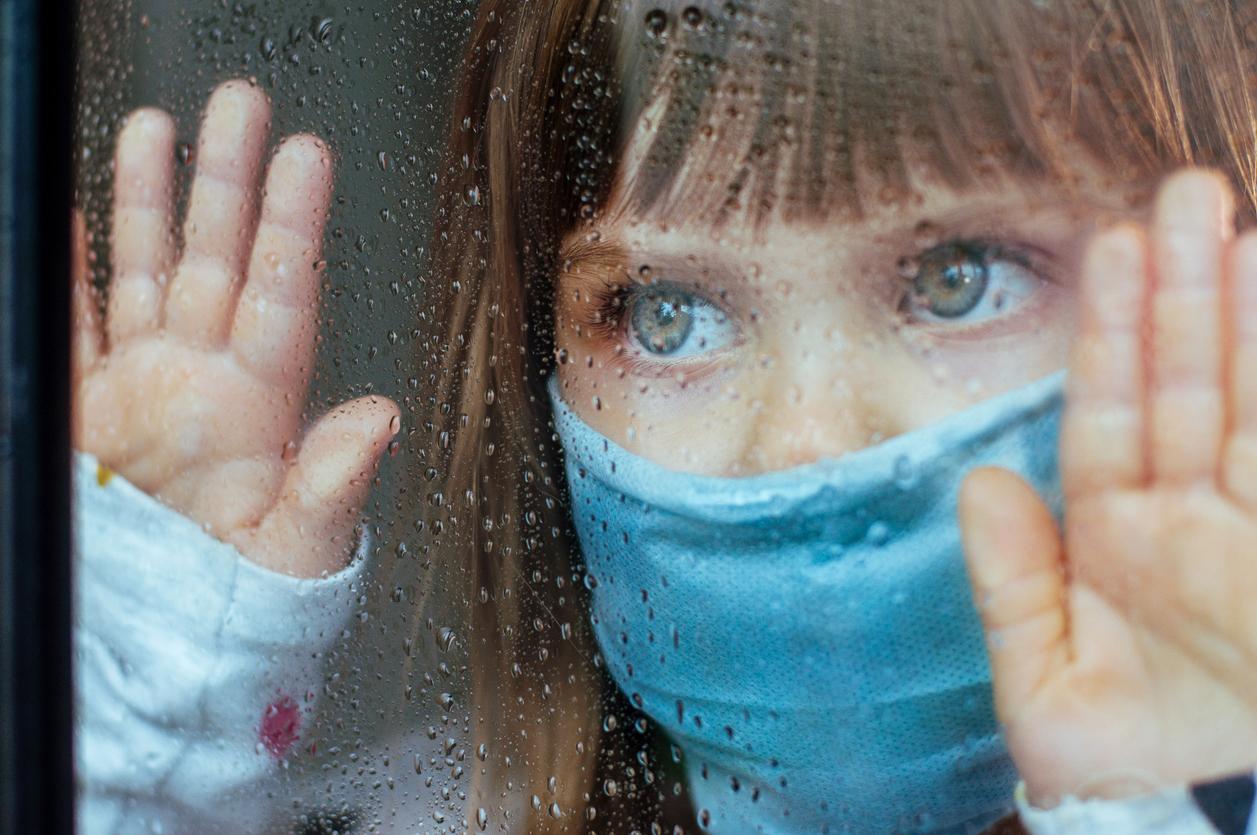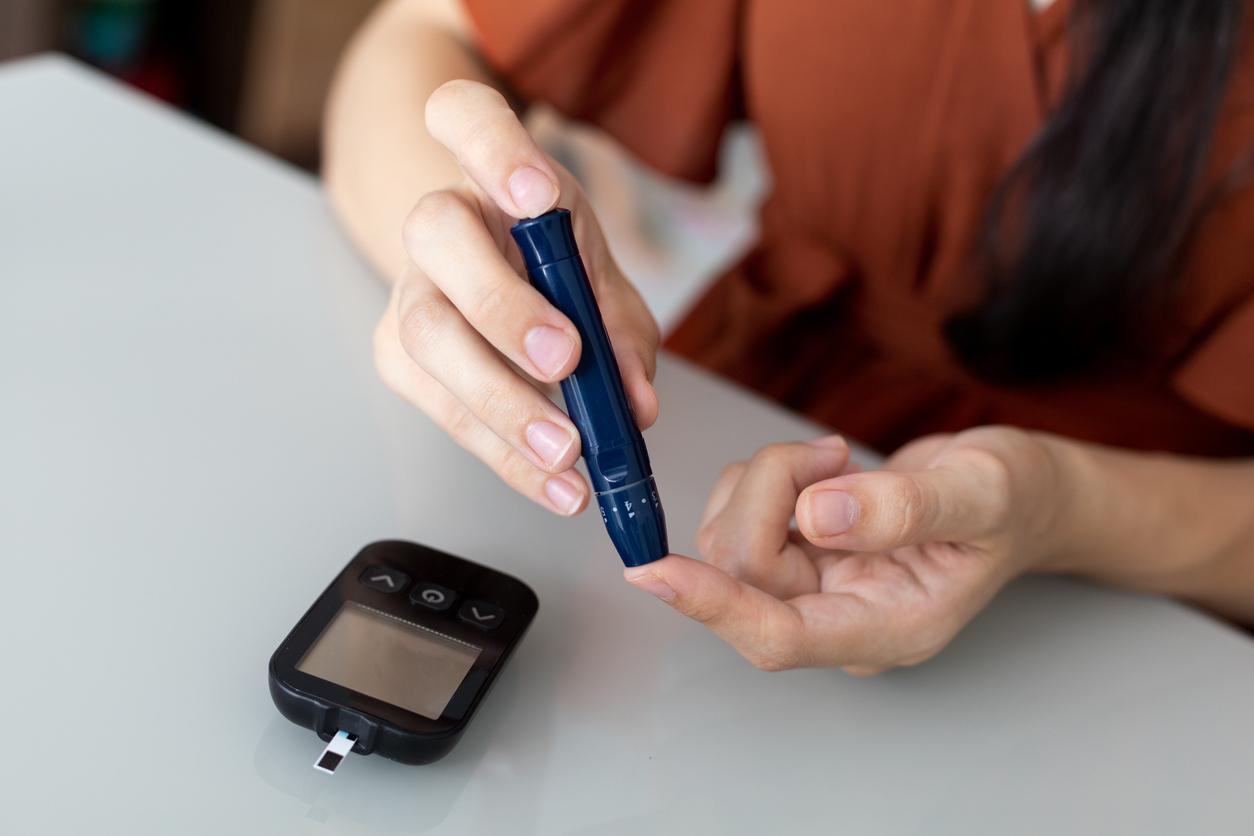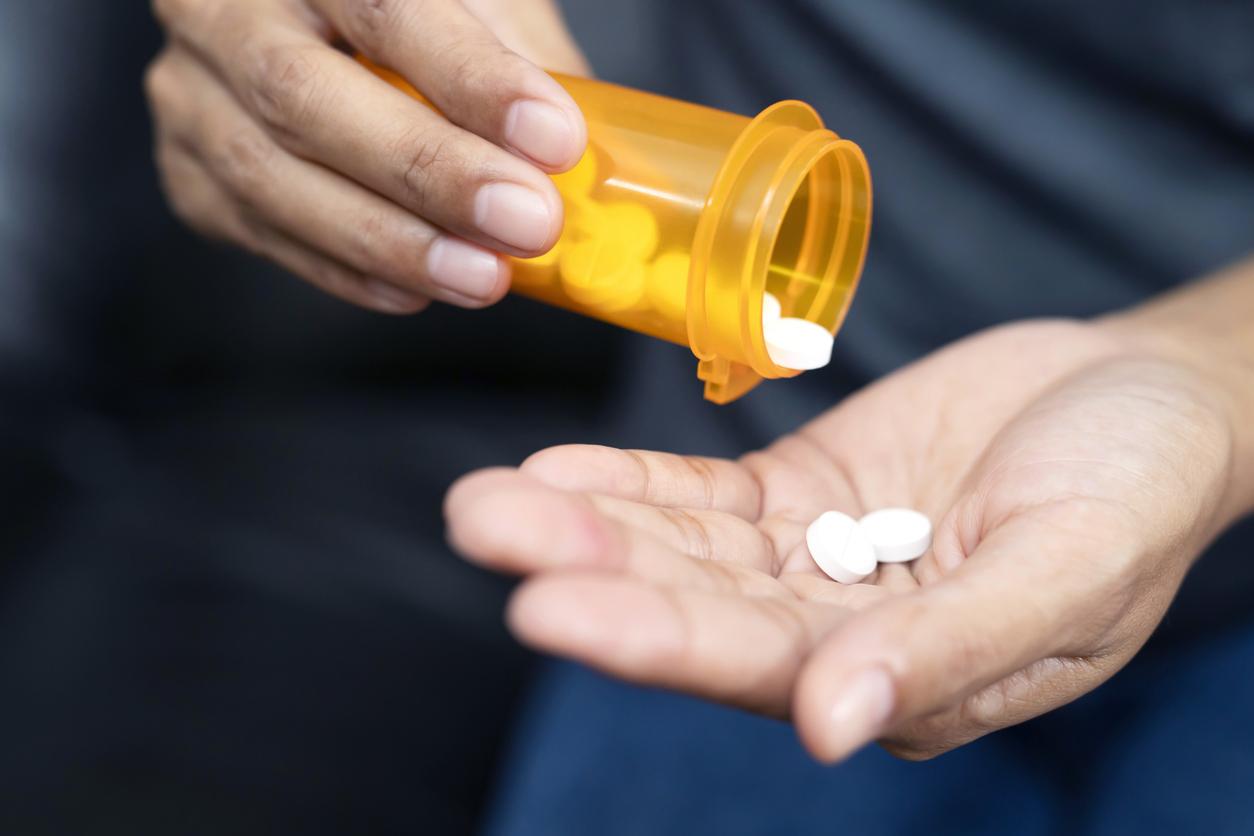A national program has been developed by teams from AP-HP, Inserm and the University of Paris to continue to support diabetic patients during confinement.

- The vital risk is greater in the event of contamination by SARS-CoV-2 for diabetic patients
- An application allows these patients to monitor their diabetes during confinement
Diabetic patients are among the most at risk from the Covid-19 epidemic and are 2 to 4 times more likely to succumb to contamination than non-diabetics. In order to continue to follow and supervise them, the‘AP-HP, the Federation of Diabetes Hospital Services (Bichat Hospital, Professor Roussel; Cochin Hospital, Professor Larger, Lariboisière Hospital, Professor Gautier) and the AP-HP Connected Health Responsibility Center (Doctor Boris Hansel, Professor Patrick Nataf) have developed a national information, prevention and support programme.
Better inform and guide patients
“We have identified three immediate needs: providing real-time information, answering practical questions and directing diabetic patients to appropriate care in the event of symptoms” accurate in a communicated Dr. Boris Hansel, co-director of the Connected Health Responsibility Center at Bichat Hospital. The application is based on the IRIADE platform. Diabetic patients residing in France (Metropolis and Overseas) can register themselves or through their doctor on the site covidiab.fr
“From then on, the diabetic patient has access to a media library updated dailysay the doctors. Notifications are sent each time useful information for diabetic patients is published. In addition, through questionnaires, personalized advice is provided. Finally, questions on the state of health are asked regularly in order to direct the patient towards specific care according to the updated recommendations (general practitioner, SAMU, Emergencies) if necessary by promoting teleconsultation.” Live interviews are also offered with diabetologists, hygienist nurses and infectiologists.
Two types of diabetes
Diabetes is a disease related to a prolonged increase in blood sugar. There are several types of diabetes: type 1 diabetes, or lean diabetes, which is an autoimmune disease that begins in childhood and lasts into old age. It represents 5 to 10% of all cases of diabetes and occurs when the pancreas no longer makes insulin.
Type 2 diabetes, or fatty diabetes, on the other hand, generally appears in adulthood in overweight people. It accounts for 90% of cases of diabetes and reflects poor use of insulin by the body: it is insulin resistance. It primarily affects people over 40, but is beginning to be seen in some obese adolescents.
Research is progressing and improving blood sugar control, but there is no cure for the disease.
It is therefore necessary all his life, to monitor himself regularly, to keep good eating habits and physical activity, to take his medication regularly and in an appropriate way.

.















